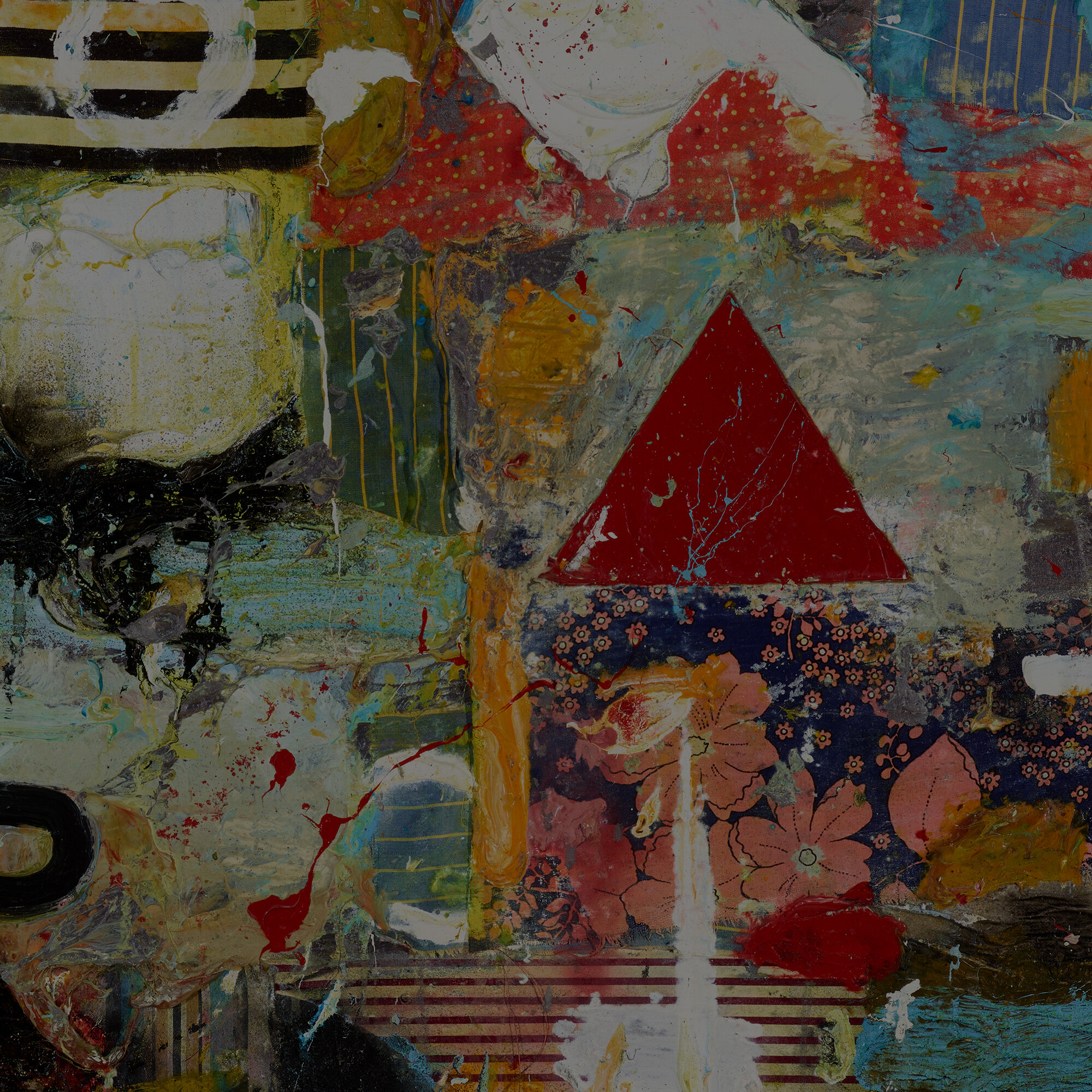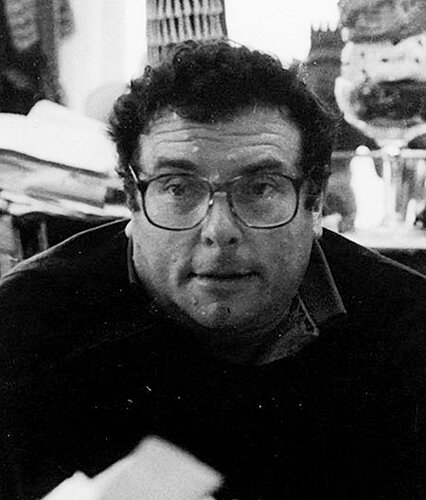399
399
1996
mixed media on paper 27 h × 21 w in (69 × 53 cm)
mixed media on paper 27 h × 21 w in (69 × 53 cm)
estimate: $1,000–1,500
result: $2,048
follow artist
provenance: The Artist | Allan Stone Gallery, New York


Baribeau too is primed for intense colors, an ever-changing spectrum of vibrant hues that distinguish these paintings; colors like nature explode. He is not trumped by the seasons instead each season translates into its own palette. Night, day, winter, spring, find their way onto canvases though everything in Baribeau’s world remains strikingly untitled.
Michael Klein


Founded in 1960 by art dealer Allan Stone (1932–2006), the New York gallery known today as Allan Stone Projects has been admired for over half a century. Celebrated for its eclectic approach and early advocacy of pivotal artists of the 20th century, Allan Stone Gallery was a leading authority on Abstract Expressionism, the New York dealer for Wayne Thiebaud for over forty years, and showed the works of Willem de Kooning, Franz Kline, Arshile Gorky, Joseph Cornell, John Graham and John Chamberlain. Stone also promoted the work of a younger generation of artists that were in conversation with other artists in his collection, working in the mediums of assemblage, collage and new modes of abstraction. In addition to modern masterworks and contemporary art, Allan Stone also collected and exhibited international folk art, Americana and important decorative arts and industrial design.
Robert Baribeau b. 1949
Robert Baribeau was born in Aberdeen, Washington in 1949. He received his BS from Portland State University in 1978, and his MFA from the Pratt Institute in 1979. He has been honored with a Pollock- Krasner Foundation Grant, a National Endowment for the Arts Grant, a Pratt Institute Art Department Grant/Fellowship, and a Florence Saltzman-Heidel Foundation Grant. His work has been reviewed in Artforum, Artnews, The New York Times, The New York Sun and New York Magazine. Baribeau lives and works in Stanfordville, New York.
Fusing landscape and expressionistic abstraction, Baribeau channels the raw energy of post-war New York and mixes it with the pastoral and sublime of 1950s Mystical painters. Working since the late 1970s with constant use of vibrant color and thick impasto, Baribeau’s paintings beckon for visual evaluation and discovery. Canvases from the early 1980s appear to show mountains with roof-like caps or patchworks of bright paint in stacked lozenges. By the end of the decade, Baribeau had incorporated a visual language of x-shapes, circles, lines, and spokes, into canvases of wild energy and frenetic color. In the 1990s the previous decade coalesced into the “village” paintings – small house-like mounds, on horizon lines, in landscapes dotted with pictographs. Works from the late 90s are dominated by thickly painted, hard-edged geometries and the adoption of found household materials, such as maps, patterned fabrics, and cardboard, as collage elements. Since the early 2000s Baribeau has produced several series, including his esteemed flowers and cigarbox paintings, as well as his Field and Milbrook series, for which he applies thick mixtures of oil paint, acrylic, clear latex, and collage, onto canvases that evoke Diebenkorn’s Berkeley paintings or Rauschenberg’s Combines. Above all, Baribeau is committed to paint itself.